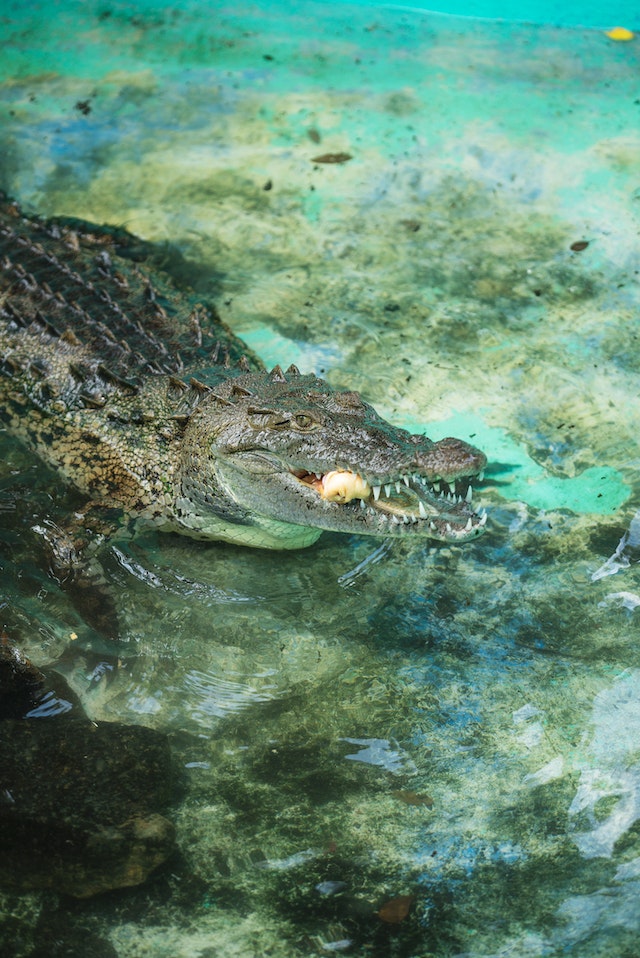The phenomenon you are referring to is known as parthenogenesis, which is the ability of certain species to reproduce without mating. Parthenogenesis is relatively rare in vertebrates, but it has been observed in some reptiles, including certain species of lizards, snakes, and even crocodiles.
Parthenogenesis occurs when an unfertilized egg develops into an embryo and eventually hatches into a viable offspring. In a typical sexual reproduction process, an egg is fertilized by sperm, leading to the development of an embryo. However, in parthenogenesis, the egg develops without the involvement of sperm.
In 2006, a female Komodo dragon named Flora made headlines when she gave birth to four healthy offspring at the Chester Zoo in England. The offspring were the result of parthenogenesis, as Flora had been isolated from males for several years prior to laying the eggs.
While parthenogenesis has been observed in some crocodile species, such as the New Guinea crocodile, it is still relatively rare. The exact mechanisms and triggers for parthenogenesis in crocodiles are not yet fully understood. It is thought that certain environmental factors or hormonal changes may play a role in stimulating the development of an unfertilized egg.
The ability of certain species to reproduce through parthenogenesis can have significant implications for their survival and conservation. It provides a means for females to produce offspring when males are scarce or absent. However, it is important to note that parthenogenetic offspring are typically genetically identical to their mother, resulting in reduced genetic diversity within the population.
The discovery of parthenogenesis in crocodiles and other species continues to contribute to our understanding of reproductive biology and the various mechanisms that enable species to adapt and survive in different environments.




